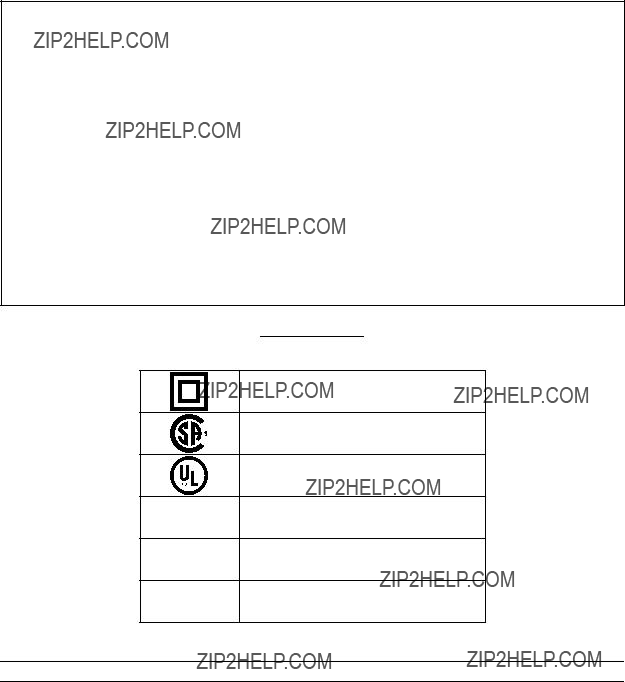OPERATING INSTRUCTIONS
Note: For additional information regarding the parts listed in the following pages, refer to the Assembly Diagram on page 12.
1.CAUTION: Always make sure the Power Cord (26) of the Sander is unplugged from its electrical outlet prior to making any adjustments to the tool.
2.Clamp your workpiece down, or insert it in a vise. Make sure the object you are sanding does not have any nails or metal of any kind in it, or you will ruin the sand- paper and damage the Backing Pad (22).
3.After donning the appropriate safety gear covered on page 2 of this manual, plug in the Sander.
4.Turn on the Palm Sander by turning on the Switch (3).
5.Always run the Palm Sander for a few seconds before contacting the workpiece.
6.Contact the workpiece with minimal pressure. If the Palm Sander is not removing enough material, try a grittier piece of sandpaper. If you want to remove a lot of material fast, use a belt sander.
Note: All orbital sanders leave sanding marks on the workpiece. To minimize sanding marks, slowly move the Palm Sander while it is touching the item you are sand- ing.
7.Occasionally stop the Palm Sander and visually check the sandpaper for tears, wear, or fraying. Replace if necessary.
8.When you are finished sanding, turn off the Switch (3).
INSPECTION, MAINTENANCE, AND CLEANING
1.WARNING! Make sure the Power Switch (3) of the Sander is in its ???OFF??? posi- tion and that the tool is unplugged from its electrical outlet before performing any inspection, maintenance, or cleaning procedures.
2.BEFORE EACH USE, inspect the general condition of the Sander. Check for loose screws, misalignment or binding of moving parts, cracked or broken parts, dam- aged electrical wiring, and any other condition that may affect its safe operation. If abnormal noise or vibration occurs, have the problem corrected before further use.
Do not use damaged equipment.
3.Wipe the unit down after each use with a dry, lint free cloth.
4.Make sure the vents on the top are clear of dust and debris.
5.Periodically, have a qualified service technician clean or replace the Carbon Brushes (9).


 WARNING!
WARNING!
 eliminates the need for the three wire grounded power cord and grounded power supply system.
eliminates the need for the three wire grounded power cord and grounded power supply system.


 WARNING!
WARNING!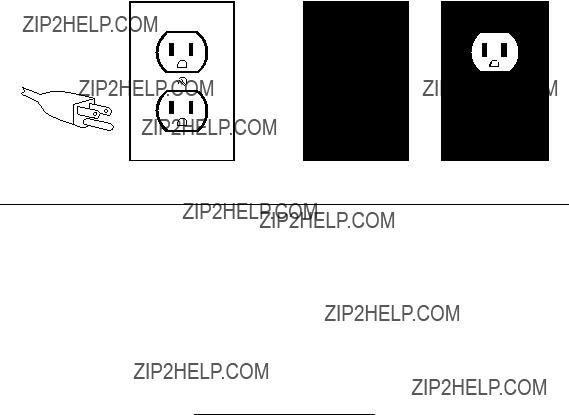
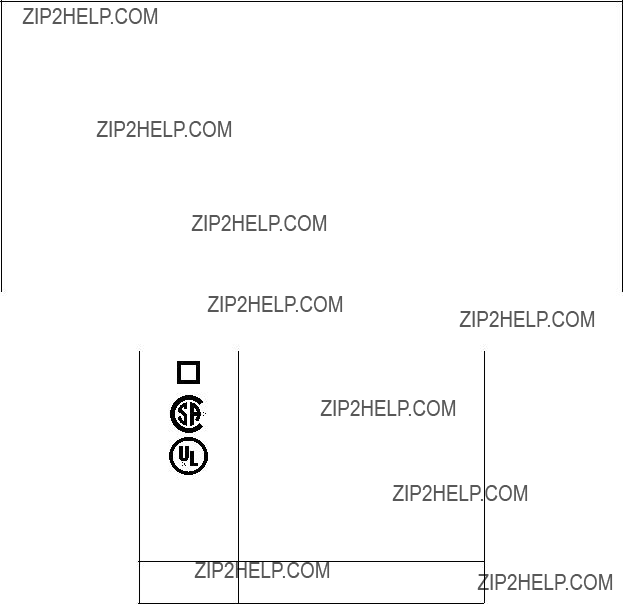
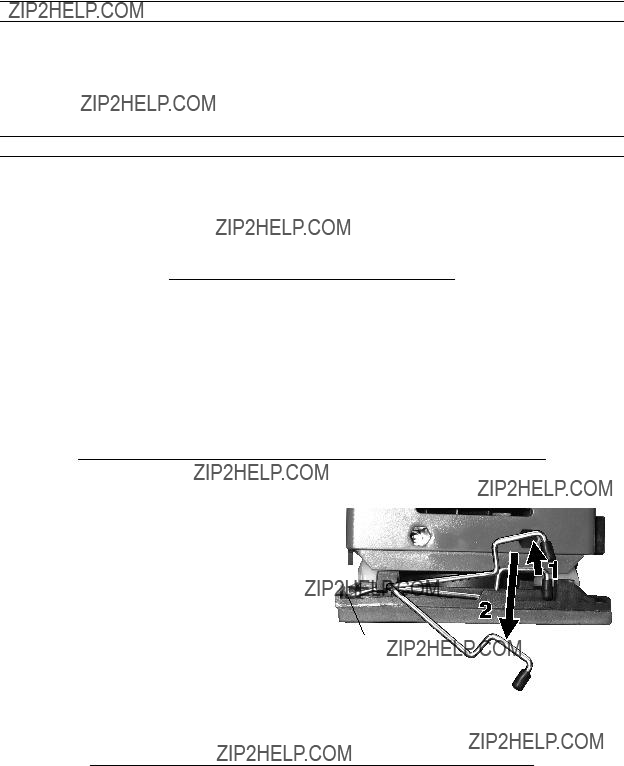




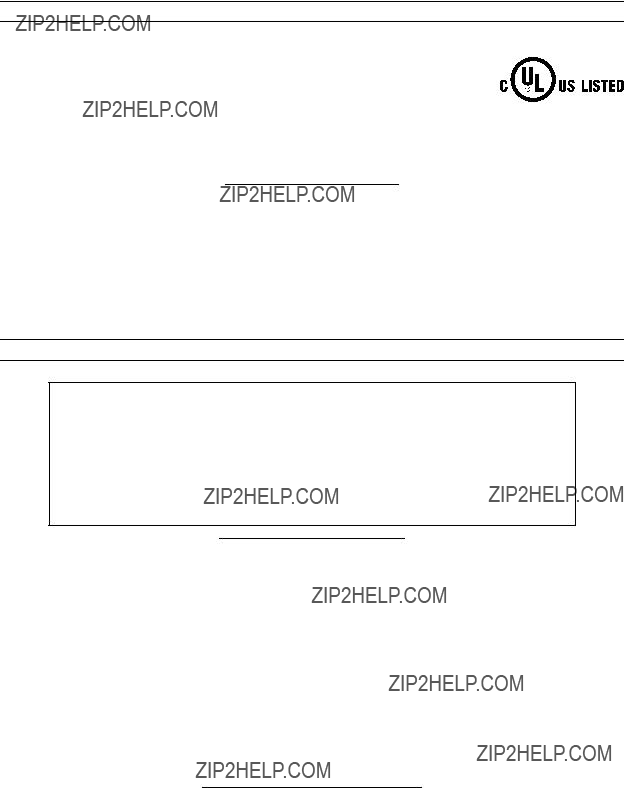
 Avertissement!
Avertissement!



 AVERTISSEMENT!
AVERTISSEMENT!
